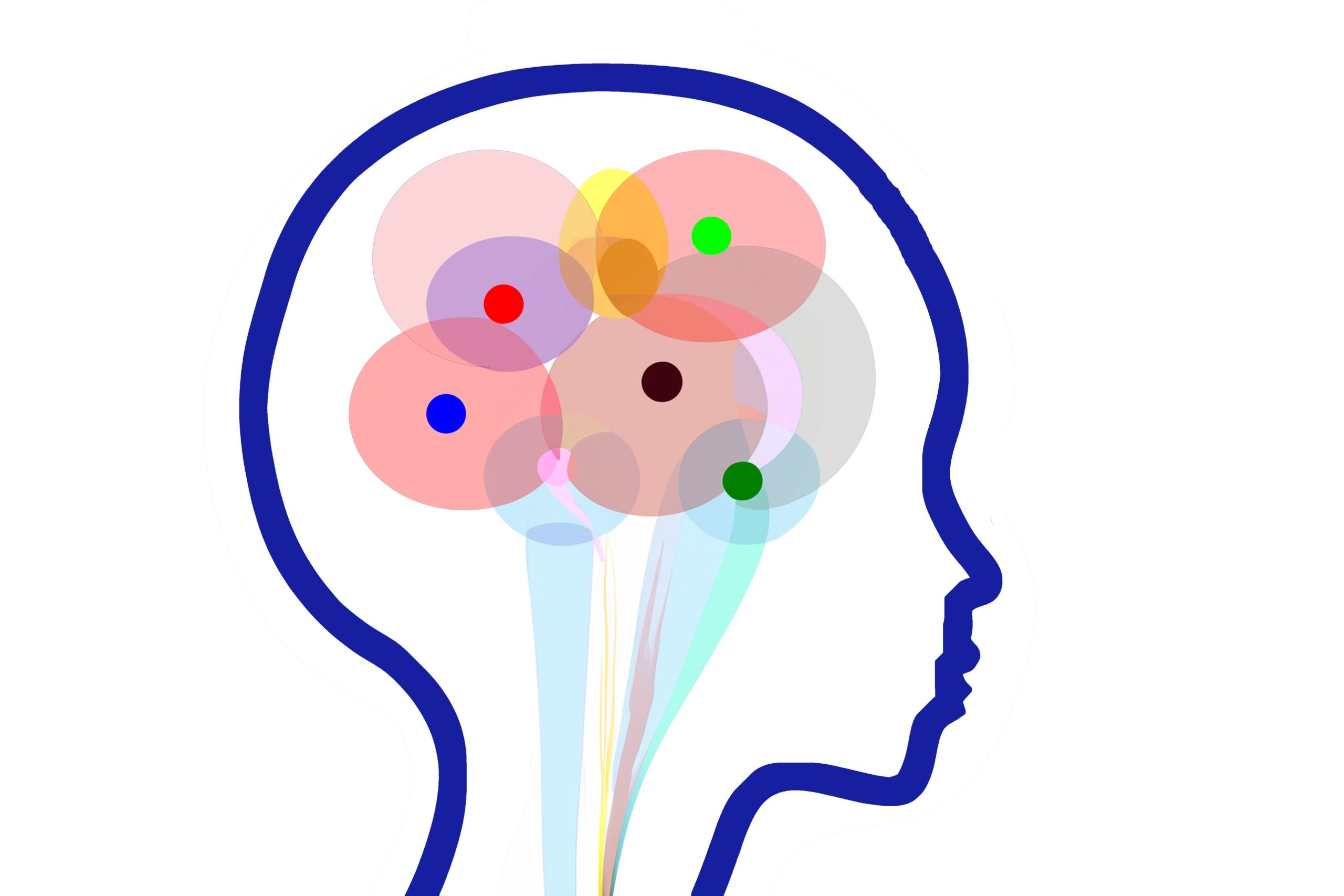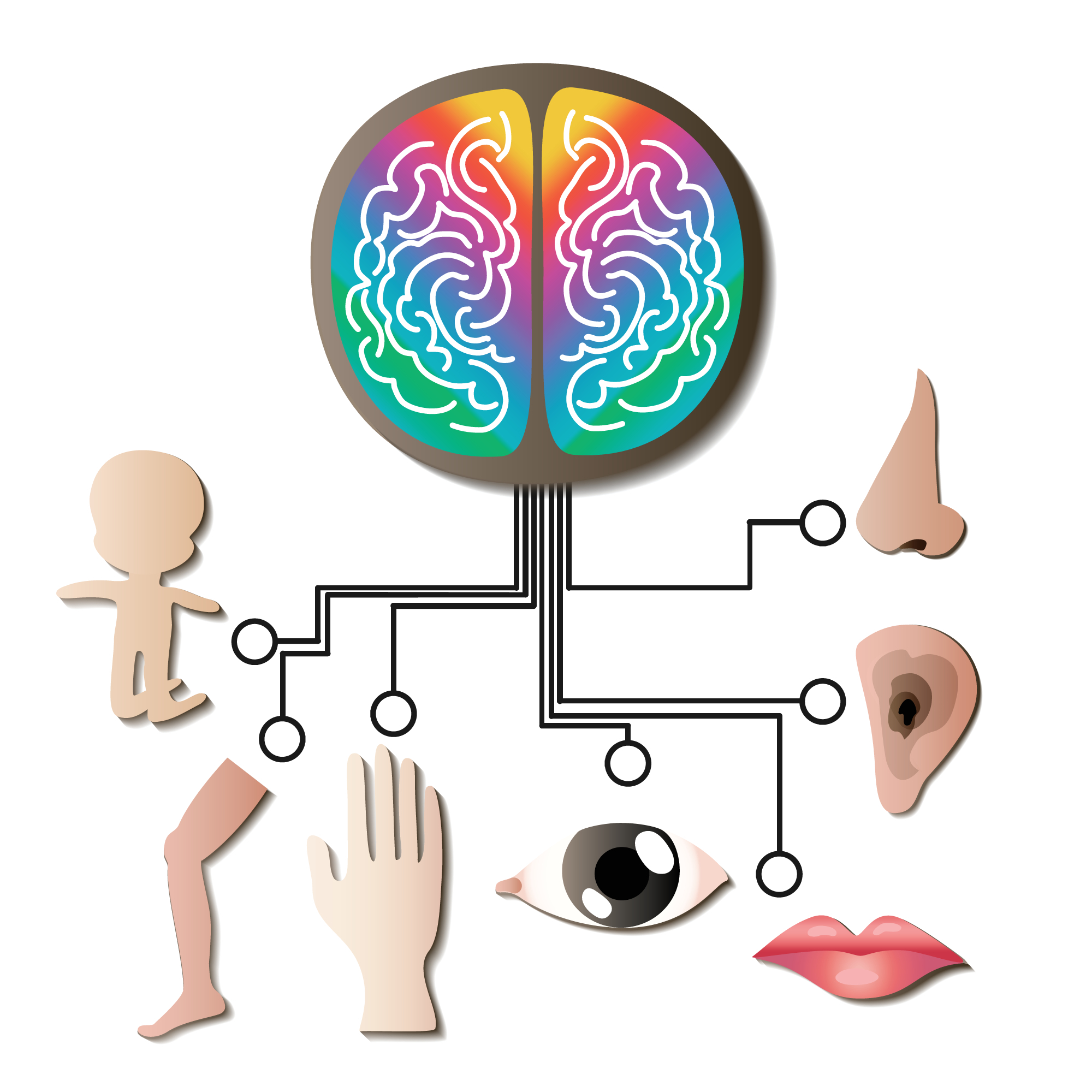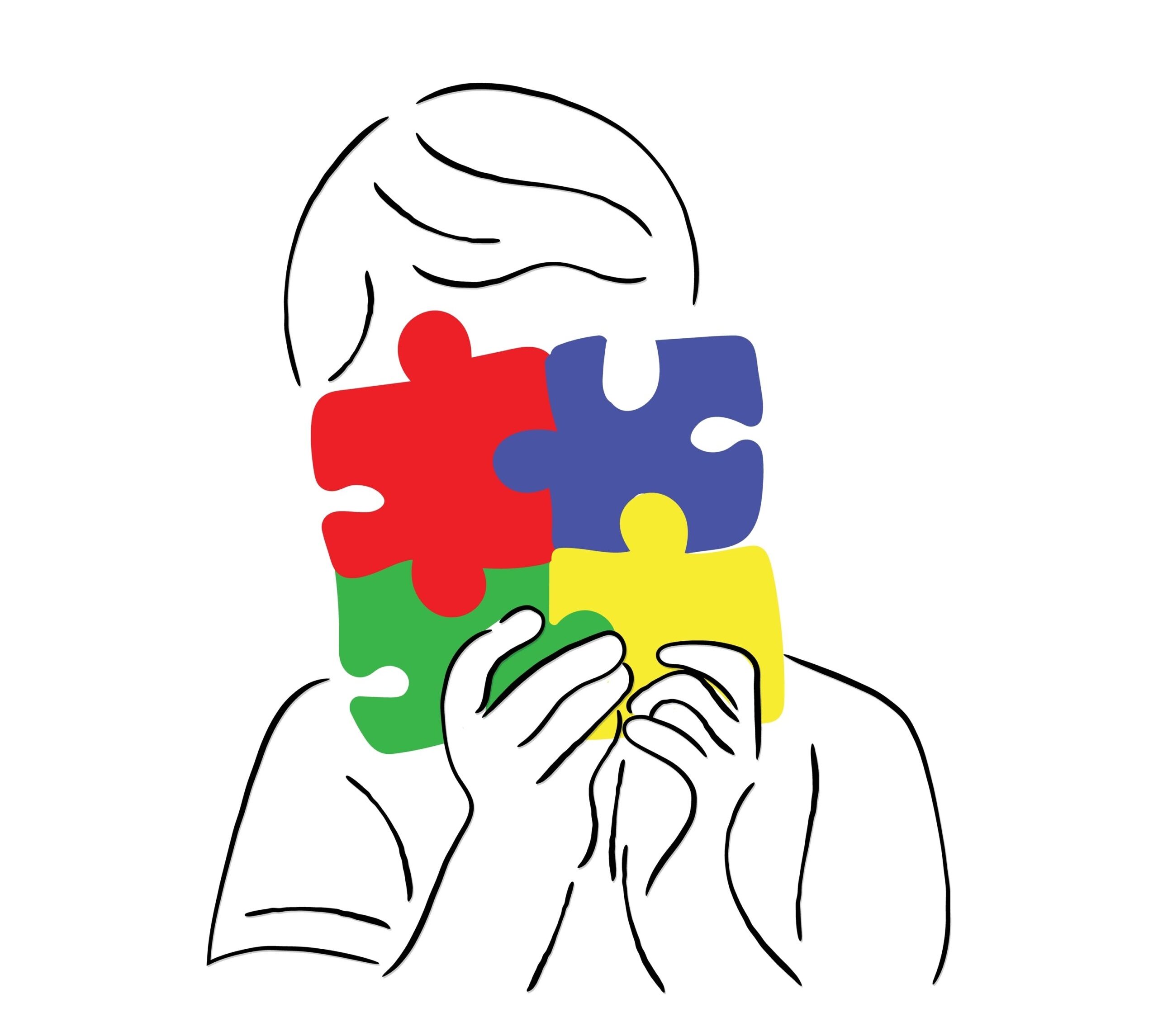
Blog
The Science Behind Sensory Integration Therapy and How It Works
Author: DrSensory
May 2, 2025
The Science Behind Sensory Integration Therapy and How It Works
Sensory Integration Therapy (SIT) has emerged as a powerful tool for children and adults facing sensory processing difficulties. Often seen in diagnoses like Sensory Processing Disorder (SPD) and Autism Spectrum Disorder, SIT helps individuals interact more comfortably with the world. But what exactly is Sensory Integration Therapy? How does it work, why does it matter, and how can you find the right therapist? This comprehensive guide answers these questions with science-backed insights, practical advice, and real-life success stories.
Understanding Sensory Integration Therapy
Sensory Integration Therapy is an evidence-based therapeutic approach designed to help people who have difficulties processing and responding to sensory information. Sensory information comes through touch, movement, sight, sound, and more. For most people, the brain processes this input seamlessly, allowing us to move, focus, and interact with ease.
However, some individuals, especially those with Sensory Processing Disorder (SPD) or Autism Spectrum Disorder (ASD), struggle to filter, organize, or interpret sensory data. This can lead to challenges in attention, learning, behavior, and emotional regulation. SIT aims to improve the way the nervous system receives messages from the senses and turns them into appropriate motor and behavioral responses.

What Is Sensory Processing, and What Is Sensory Processing Disorder (SPD)?
Sensory Processing Explained
Sensory processing refers to how the nervous system receives sensory messages and converts them into appropriate responses. When sensory processing works well, we can focus in a noisy room, enjoy the feel of sand, and ignore the sound of a ticking clock.
What Is Sensory Processing Disorder?
Sensory Processing Disorder (SPD) is a condition where sensory signals are not organized into appropriate responses. Children and adults with SPD may be over-responsive (sensory over-responsivity), under-responsive (sensory under-responsivity), or crave intense sensory input (sensory seeking/craving). Common signs of SPD include:
- Getting easily overwhelmed by light, sound, or touch
- Avoiding messy activities or certain clothing textures
- Difficulty focusing in noisy or crowded environments
- Constantly seeking movement or crashing into things
Early signs may emerge in childhood, but adults can also experience sensory challenges.
Learn more about SPD here.
The Neurological Basis of Sensory Integration Therapy
Sensory integration is deeply rooted in neuroscience. The brain processes information from multiple sensory systems—including the vestibular (balance), proprioceptive (body awareness), tactile (touch), visual, and auditory systems. Efficient connections between these systems allow for:
- Smooth motor skills (writing, dressing, sports)
- Self-regulation (calmness, focus)
- Adaptive responses (handling surprise noises or new foods)
Research shows that people with SPD or related diagnoses may have differences in how their brains process and respond to sensory information. Sensory Integration Therapy uses structured, individualized activities to “rewire” these processes, enhancing neuroplasticity—the brain’s ability to form new connections and adapt.
Key Principles and Techniques Used in SIT
Sensory Integration Therapy isn’t just playtime. It is a structured intervention, typically conducted by certified occupational therapists (OTs) or physical therapists (PTs) with specialized training. Core principles include:
- Child-led and Individualized: Activities are chosen based on the person’s needs and responses.
- Purposeful, Sensory-Rich Activities: Therapists use swings, tactile bins, crash mats, obstacle courses, balance boards, and more.
- “Just Right” Challenge: The therapist carefully adjusts the difficulty to ensure the individual is engaged but not overwhelmed or bored.
- Safe, Supportive Environment: The therapy room is designed to encourage exploration and confidence building.
- Consistency and Repetition: Regular sessions help reinforce new skills and patterns of response.
What does a typical SIT session look like?
A session may include swinging to enhance vestibular input, squeezing playdough for tactile stimulation, climbing for proprioception, and sequencing activities that require listening and following directions. The goal? To help the nervous system process sensory input more effectively, leading to smoother everyday functioning.
Benefits of Sensory Integration Therapy for Children and Adults
For Children
- Improved attention, focus, and classroom performance
- Less anxiety during transitions and unstructured play
- Better motor coordination (handwriting, sports)
- Greater independence in self-care tasks
For Adults
- Improved coping strategies for sensory sensitivities at work or in daily life
- Reduced anxiety and stress in overstimulating environments
- Enhanced social participation
For Individuals on the Autism Spectrum
- More effective sensory regulation
- Increased comfort in social settings
- Better participation in group activities
Learn more about therapy options for kids and adults on DrSensory.com.

How to Find a Qualified Sensory Integration Therapist
Not every therapist is trained in SIT. To find the right support:
- Seek out certification: Look for professionals with post-graduate training in sensory integration, such as OTs or PTs with specialty credentials.
- Check experience: Ask if the therapist has experience working with SPD, Autism, or other specific concerns.
- Explore resources: Use trusted databases like the DrSensory Therapist Database or the Clinic Directory for vetted specialists near you.
- Observe a session: Most therapists welcome parent or caregiver involvement.
- Ask questions: A good therapist will tailor the approach for each individual and provide clear explanations.
Tip: Not all insurance plans cover SIT. It’s wise to confirm coverage or ask about payment options before starting therapy.
Case Studies: Real-life Examples of SIT Success
Case Study 1: Improving Academic Performance in a Child with SPD
A 7-year-old with tactile defensiveness struggled with handwriting and focus at school. SIT focused on providing safe exposure to various textures and graded touch experiences. Over several months, the child’s sensory modulation improved, allowing for better handwriting, increased focus, and greater classroom participation.
Case Study 2: Enhancing Daily Life for an Adult with Sensory Sensitivities
A 35-year-old in a high-stress open office experienced auditory overload daily. Working with a certified OT, they identified triggers and developed coping strategies, such as scheduled quiet breaks and wearable noise-dampening tools. After three months, the adult reported reduced anxiety and increased productivity.
Case Study 3: Increasing Social Interaction for a Teen with Autism Spectrum Disorder
A 15-year-old teen on the autism spectrum avoided group activities due to sensory overload, especially from noise and touch. SIT targeted gradual exposure to multisensory input and coached the teen on self-regulation skills. With time, the teen became more comfortable in social settings and now volunteers at a local youth group.
Addressing Common Myths and Misconceptions About SIT
Myth 1: SIT is only for children.
Fact: While often used in pediatric therapy, SIT can benefit adults with sensory processing issues as well.
Myth 2: SIT is just playing and lacks real therapeutic value.
Fact: SIT employs purposeful, structured activities designed by trained therapists to target specific sensory challenges.
Myth 3: Any therapist can provide SIT.
Fact: Sensory Integration Therapy requires special training and certification to ensure effectiveness.
Myth 4: SIT is a quick fix for sensory issues.
Fact: SIT is a long-term, consistent process. Progress is gradual and requires commitment from the individual, the therapist, and the family.
Myth 5: All children with sensory sensitivities need SIT.
Fact: SIT should be considered for those diagnosed with SPD or similar challenges. A thorough assessment helps determine appropriateness.
The Future of Sensory Integration Therapy in Holistic Healthcare
Sensory Integration Therapy continues to evolve, with ongoing research highlighting its effectiveness and best practices. Therapists use SIT alongside other interventions like speech therapy, behavioral therapy, and family support for a holistic approach.
More clinics now collaborate to offer multidisciplinary care, and online platforms (like DrSensory.com) make it easier than ever to find resources, expert advice, and qualified therapists.
Whether you’re a parent, educator, or therapist, investing in sensory health can drive powerful change in daily life.
Next Steps for Readers:
- Visit DrSensory.com to learn more and access free resources.
- Use the Therapist Database and Clinic Directory to find a specialized provider.
- Explore guides, quizzes, and community support to empower your sensory health journey.
related blogs
Your child is constantly moving, crashing into furniture, or having meltdowns in response to seemingly minor things like a loud
Your toddler refuses to wear certain clothes, has huge meltdowns in noisy places, or is an extremely picky eater, limited
Your child seems to miss verbal instructions, struggles to follow conversations in noisy environments, and often asks "what?" even when
On the surface, autism and Ehlers-Danlos syndrome (EDS) might seem like two entirely unrelated conditions. One is a neurodevelopmental condition
The intense head pain begins, lights feel blindingly bright, and every sound seems amplified to an unbearable level. You retreat












































































